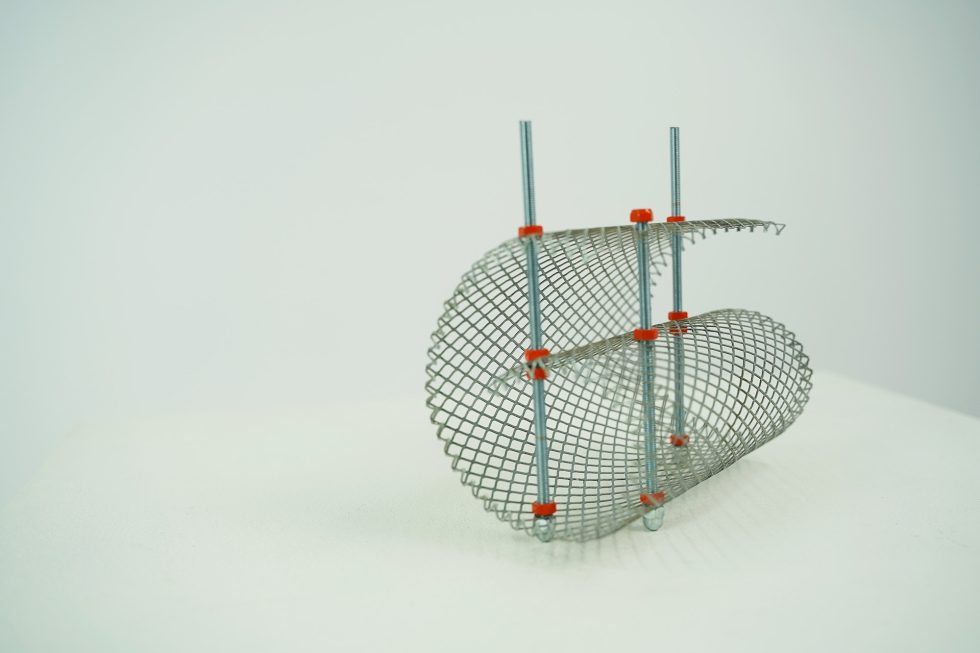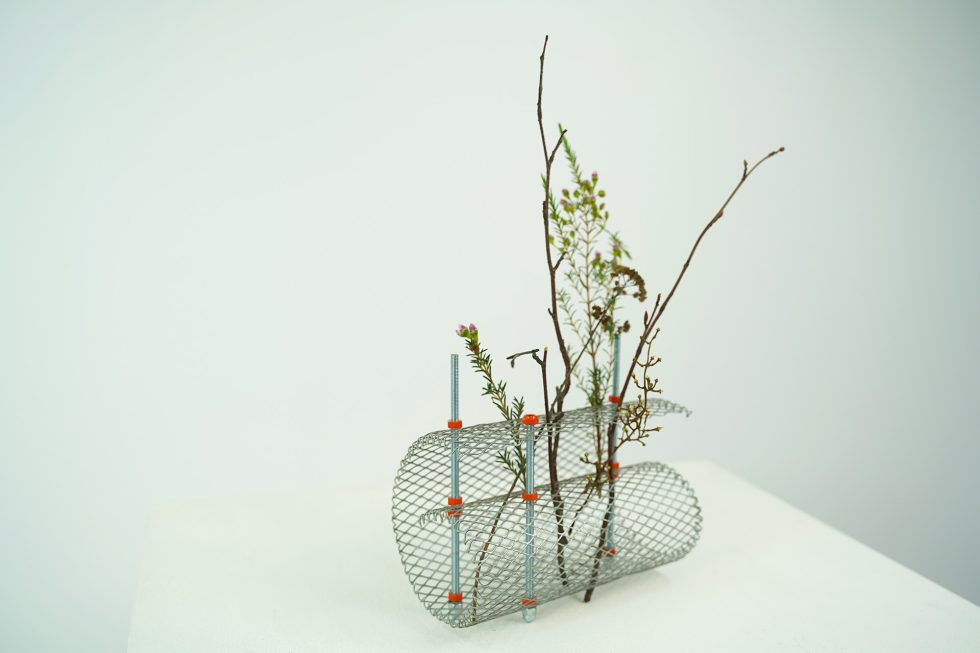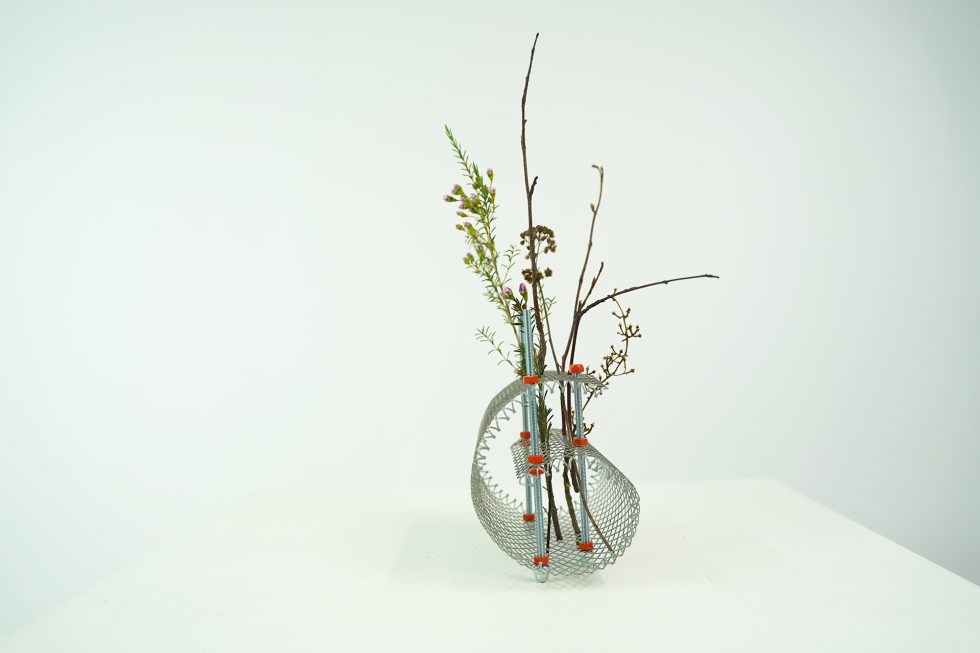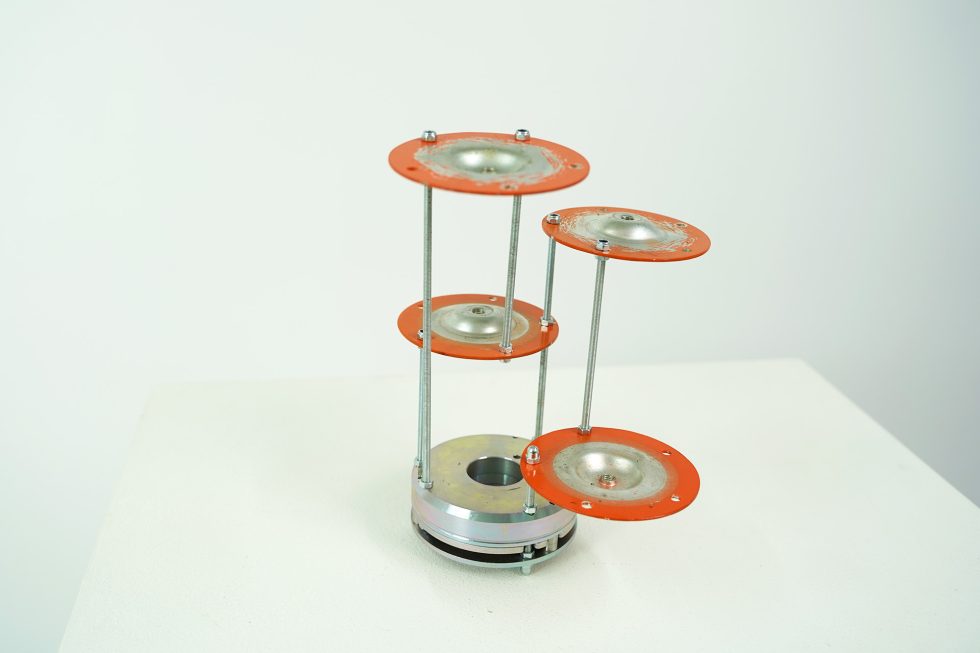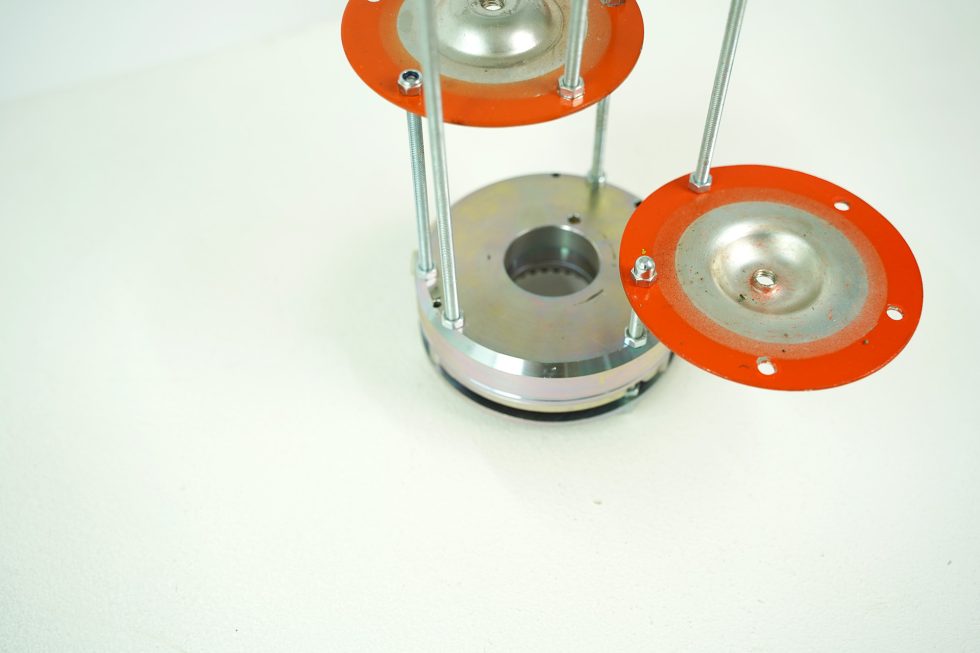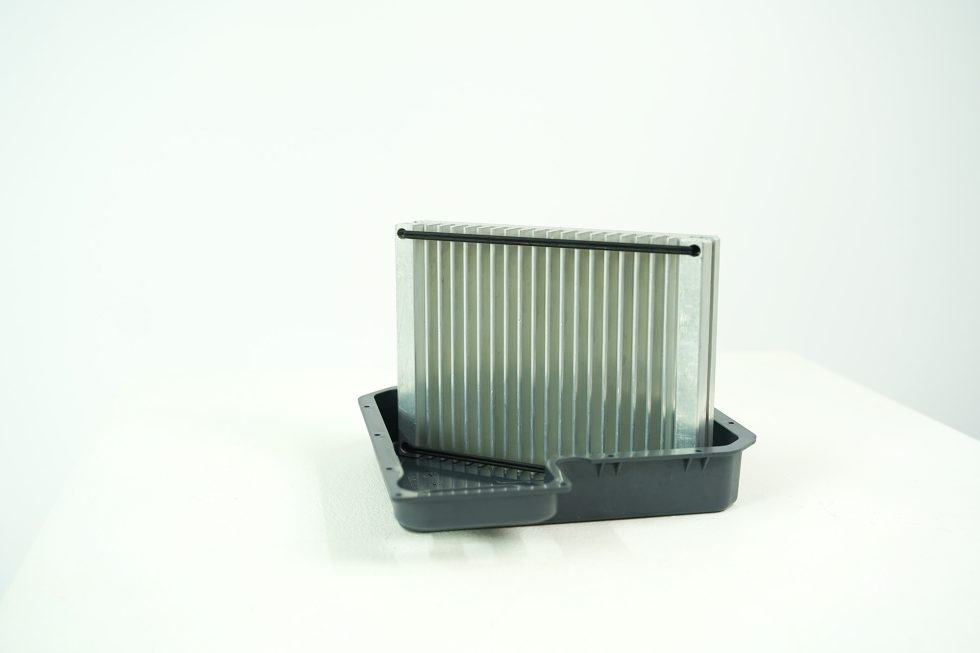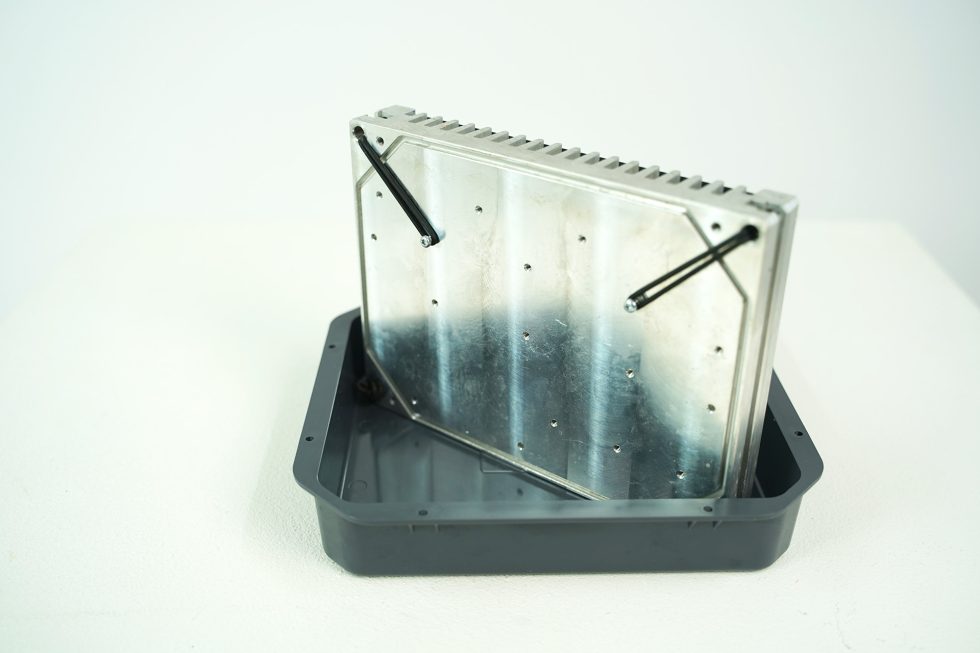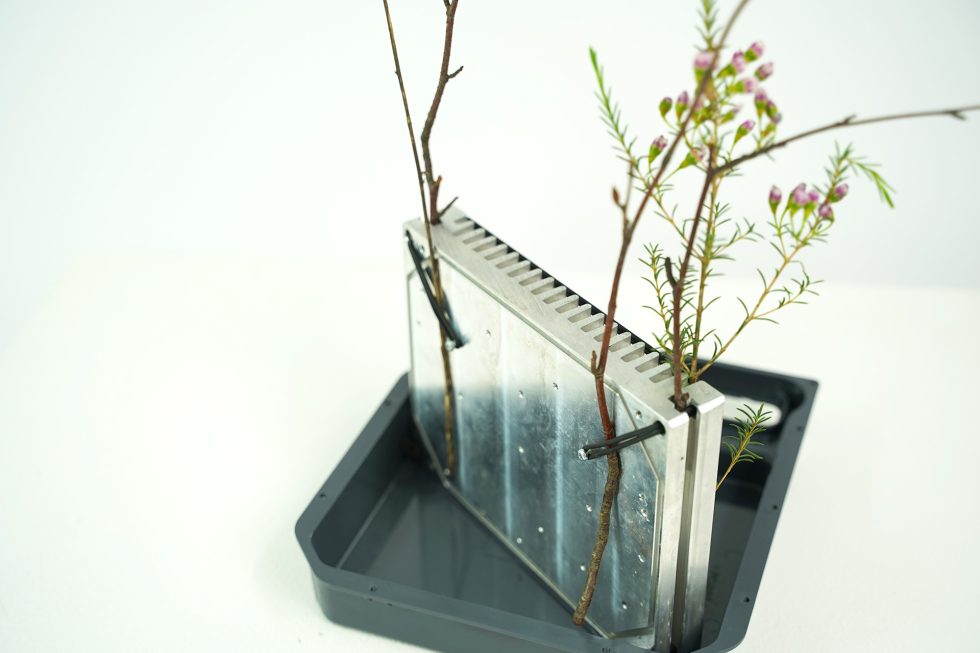WASTEBANA
Directly translated as “making flowers alive,” Ikebana is the traditional Japanese art of arranging flowers, which emphasizes asymmetry, minimalism, and the subtle beauty of impermanence, creating a harmonious relationship between the natural materials used in the arrangement and the space around them. There are strict rules to be followed in an Ikebana composition in terms of structure, the use of empty space, and symbolic floral elements – each type of flower represents a certain meaning.
Freakebana is a modern and playful twist on Ikebana. Contrary to its graceful origin, Freakebana celebrates abundance and peculiarity. This practice is for everyone – there is no wrong way to do it. Breaking away from traditional principles, it allows the utilization of unconventional vessels and the most eccentric combinations of banal, non-flower elements like dried branches, candy wrappers, or fruit peels, embracing asymmetry and uniqueness to an extreme.
Wastebana, a collection of three receptacles put together from discarded Toyota forklift parts, embodies the ethos of Freakebana and Ikebana, breathing new life into industrial scrap by utilizing their existing features. There are countless ways to interpret the usage of each Wastebana object. By creating one’s own unique Wastebana composition, viewers are “making trash alive”, highlighting the beauty of the mundane and the present in a constantly changing world, while emphasizing the importance of creativity in promoting sustainable design solutions from existing resources.
Contact: tngoc.duong120498@gmail.com
